Interesting legend about the name
Bhutan is called Druk Yul in the local language Dzongkha, which means Land of the Thunder Dragon. The name comes from the powerful thunder that frequently occurs in this area. Locals believe that thunder is the roar of a dragon and that thunder is the strength and power of the dragon. That is why you see the image of a dragon with four paws holding four precious gems on the national flag of Bhutan. The white dragon symbolizes purity and loyalty. The gems represent prosperity, security and protection for the people of Bhutan.
Spiritual land
Bhutan is the world’s last surviving Tantric Buddhist kingdom. Since Buddhism was introduced to Bhutan in the 8th century, Buddhist practice has permeated every aspect of life in Bhutan. The religion influences art, architecture, festivals and daily rituals, making it an integral part of the country’s cultural fabric. Traditional Buddhist culture continues to thrive and thrive in harmony with the modern world, and visitors can easily see this celebrated through the many unique customs and traditions in Bhutan.
Monks are highly respected in Bhutan and play an important role in community life and beliefs. In the past, it was common for one son from each family to enter the monastery, a custom and tradition in Bhutan that is no longer seen much today. Monks spend their lives dedicating themselves to self-reflection and meditation, prayer and chanting.
A different concept of happiness
On this planet, most countries use GDP as an indicator to evaluate their growth and development. However, Bhutan seems to be out of this planet because they do not care much about the economy . Here, instead of GDP, GNH (Gross National Happiness) is the indicator to evaluate the success and development of the kingdom.
You can see the impact of this concept on people's lives as the government has put it. More concerned about the mental and physical health of its people as well as the environment, the Bhutanese government actively protects forests. As a result, Bhutan is the only carbon negative country on earth. Smoking is prohibited in this country.
The Bhutanese live by a unique philosophy that emphasizes humility, renunciation of material possessions, and most importantly, compassion for others. They may even be upset if you try to brush away an insect from your shirt, as they believe that every living thing has its own life and should not be disturbed.
If you ever feel lost in the pursuit of fame and money, take a trip to Bhutan and learn their views on life and advice on happiness.
Architecture
Throughout its history, Bhutan has largely followed the Tibetan Buddhist architectural tradition. Many of Bhutan’s major attractions are its famous Dzongs and ancient monasteries. Dzongs are a distinctive architectural presence in the kingdom as they serve multiple roles: as monasteries, fortresses, palaces, and local administrative centers. The reputation of Bhutan’s monasteries is often tied to myths and folklore passed down through the generations, and they are considered sacred places.
Traditional architecture is also applied to all other constructions. As recently as 1998, by royal decree, all buildings must be built with multi-colored wooden facades, small arched windows and sloping roofs. Therefore, when you come to Bhutan, you will see that the architectural style in the locality is relatively uniform, with almost only differences in construction materials to adapt to the terrain and weather conditions.
Music and dance
Many of Bhutan’s customs and traditions have their roots in Buddhism, and this is no more evident than in traditional music and dance. Lamas and monks are often credited with composing songs and introducing dances. These dances often incorporate traditional instruments such as the Chiwang, Dramnyen, Lingm, Aungli, etc.
Bhutan’s traditional dances are truly unique – and rightly so – a symbol of the kingdom. Dances are also a way to pass on cultural knowledge and traditions from generation to generation. Among them, the art of masked dances is an essential part of festivals. Dances are performed to honor and appease the gods, while also imparting spiritual teachings, educating people about good and evil. Performances are also considered a way to purify the mind and cultivate inner peace.
Thangka Art
Thangka painting is a style of religious art that originated in India, where Buddhism was born more than two thousand years ago. As Buddhism gradually spread to Tibet, Tibetan painting began to develop its own style. As a natural extension, Bhutan developed a truly Bhutanese style of Thangka.
Thangkas are traditionally painted by Buddhist monks and lamas who have undergone rigorous training in monasteries. They depict Buddhas and/or mandalas and are used to aid in meditation and contemplation – a very long and arduous process. Thangkas are sometimes referred to as “roadmaps to enlightenment”, and they can be seen as visual representations of the highest state of consciousness, the ultimate goal of the Buddhist spiritual path.
A beautiful Thangka painting can take several months or even years to complete because the painting process is very meticulous and elaborate. In addition to painting skills, the artist must also have an understanding of Buddhist scriptures and images. Before being released to the world, Thangka paintings are often viewed by Lamas and bestowed with blessings and positive energy. It is said that even looking at such a painting will leave a positive imprint on the human mind, leading to future happiness.
Traditional Costume
Bhutanese take pride in their traditional dress and are required to wear it to school, work, public spaces, royal holidays and traditional festivals. However, you will notice that they do not take it as a rule, but rather wear their traditional dress every day with joy and from the heart.
The men’s dress is called the Gho, and it consists of a knee-length tunic and socks, and a short tunic and skirt for women with accessories. Here’s an interesting fact about Bhutanese men’s dress code: The monks decide when socks should be worn. The announcement to wear socks marks the start of the winter months. A similar announcement is made when spring arrives, indicating that it’s time to remove the socks.
Cuisine
Bhutanese cuisine is unique, with lots of meat, cheese and, of course, chillies. Chillies are often eaten raw for lunch and dinner, in addition to being added to dishes. If you visit the local farmers markets, you will see stalls lined with chillies, both dried and fresh, whole and ground. I have to say, I have never seen so many chillies in a market in my life.
In Bhutanese culinary culture, there is a ritual that shows you are a refined guest. That is, you must refuse food when offered by the host for the first time. At that time, you must say “Meshu” and close your mouth to show gratitude and not want to bother others. However, if the host continues to offer you food, you should accept the offer politely.
Sport
Khuru and archery are the two national sports of Bhutan. Khuru is a team sport, played by 8 to 12 people. It is similar to darts so if you can, feel free to challenge yourself.
Archery, on the other hand, is much more serious and was actually declared a national sport in 1971. If you pay attention to the Olympics, you may have seen the Bhutanese archery team before. Archery in Bhutan is not just a form of entertainment but is considered a mental and physical exercise.
Source: https://heritagevietnamairlines.com/vuong-quoc-trong-may/


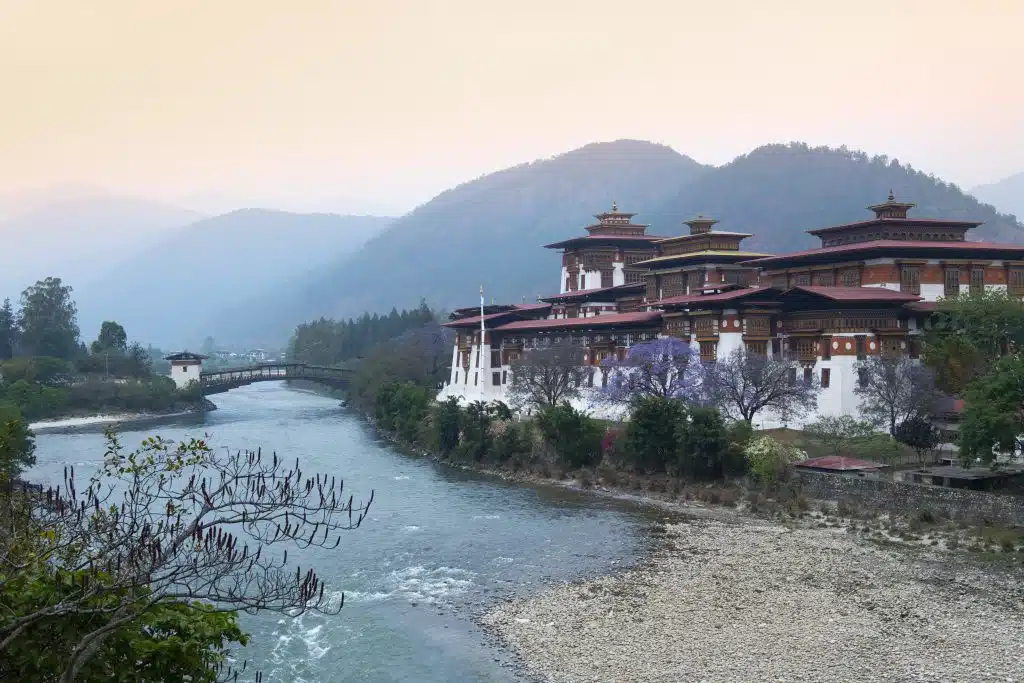
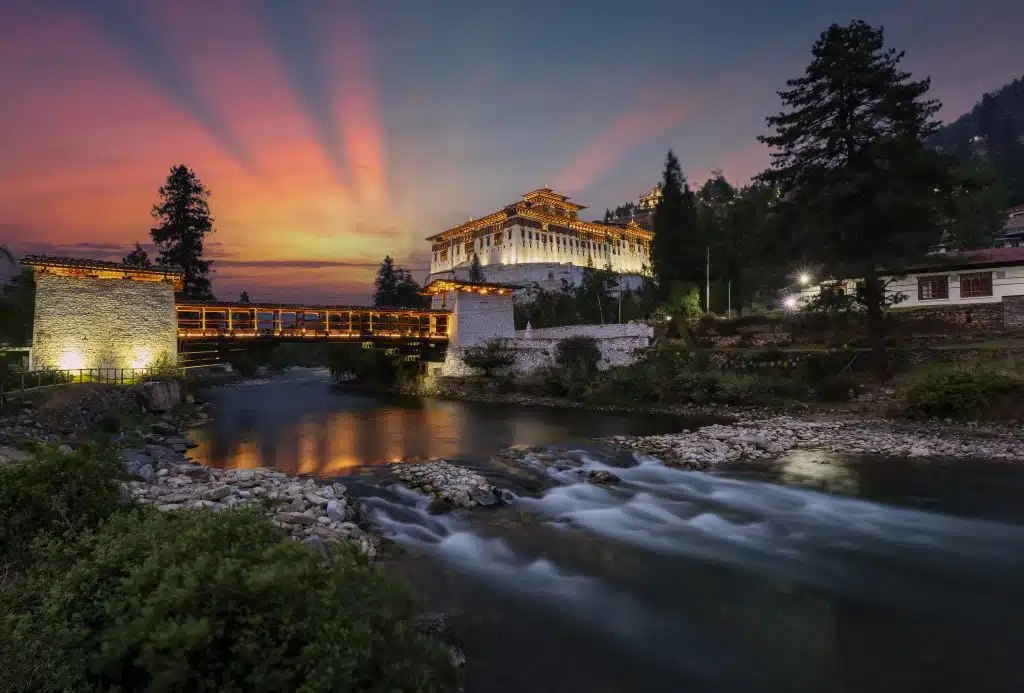
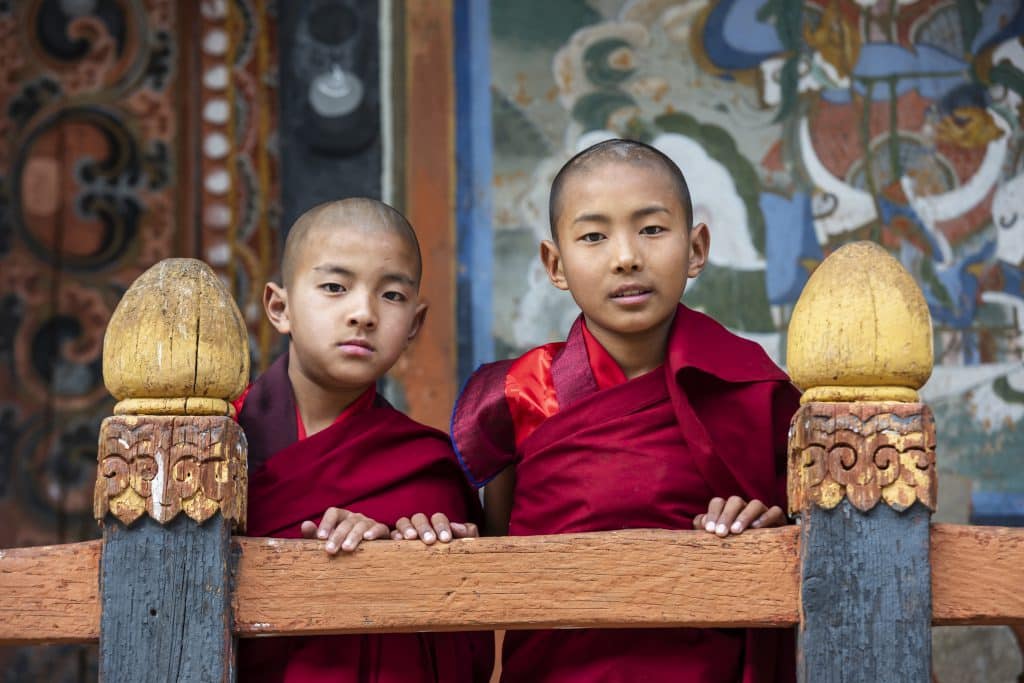
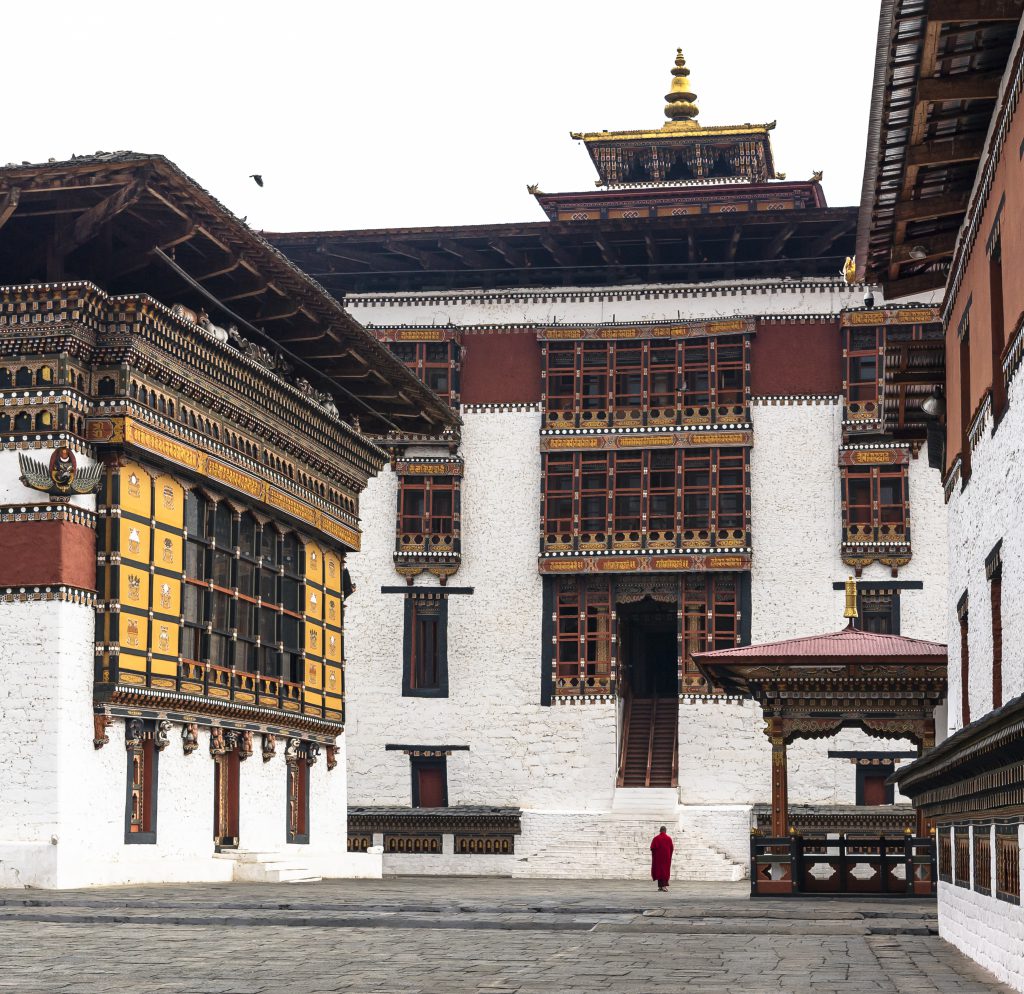
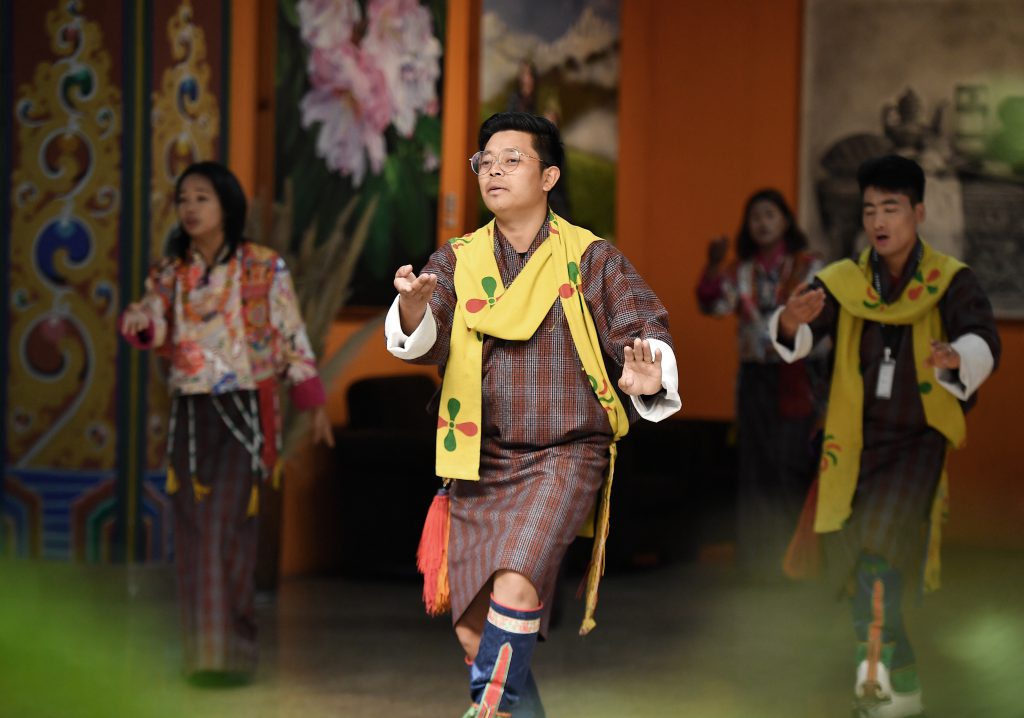
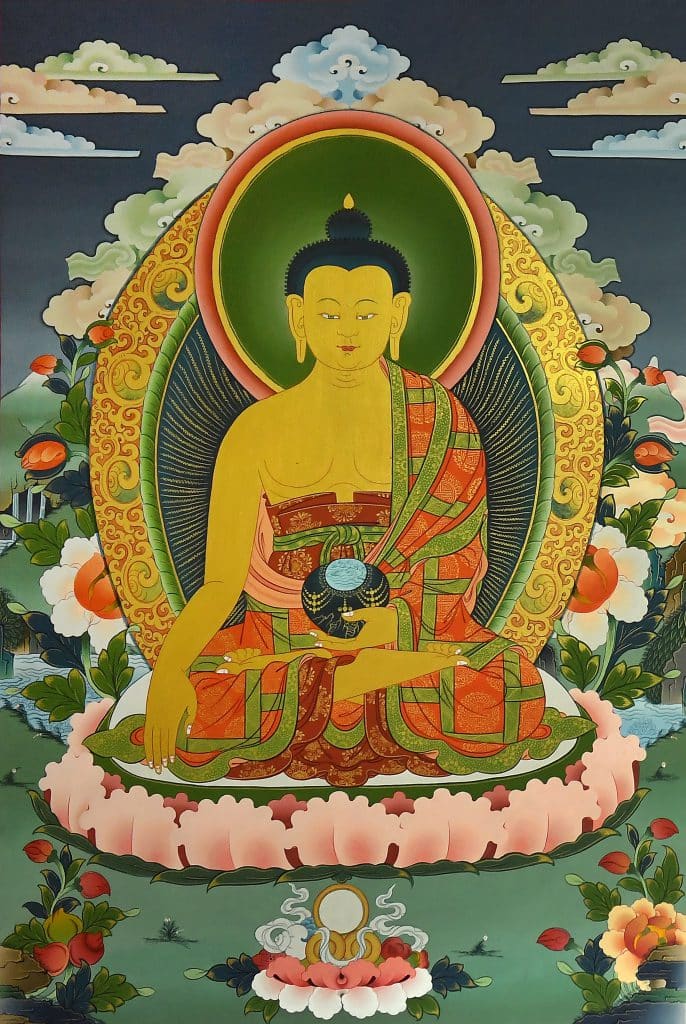









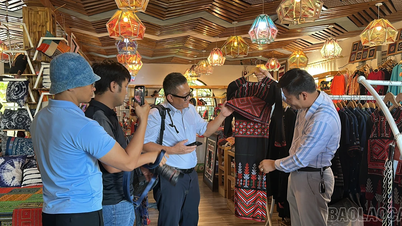

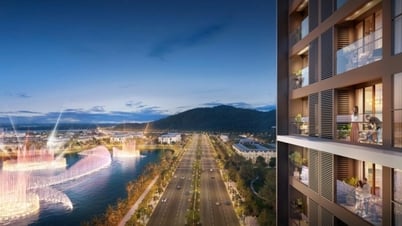


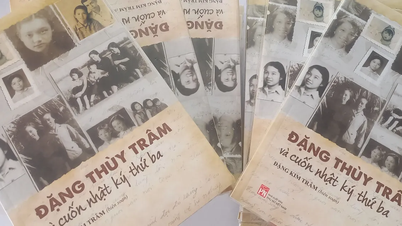

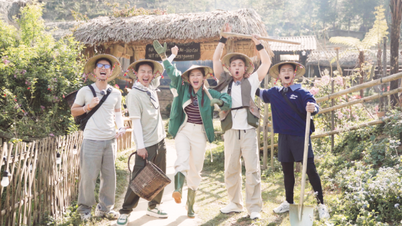


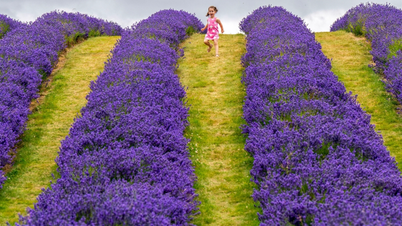
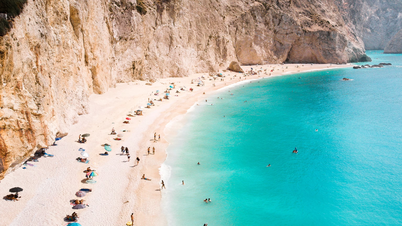
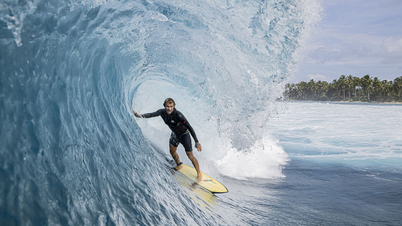
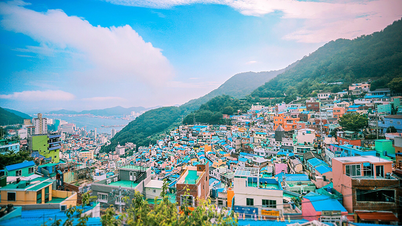
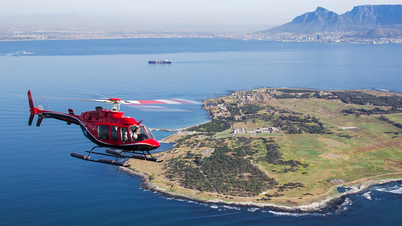





![[Maritime News] Wan Hai Lines invests $150 million to buy 48,000 containers](https://vphoto.vietnam.vn/thumb/402x226/vietnam/resource/IMAGE/2025/6/20/c945a62aff624b4bb5c25e67e9bcc1cb)



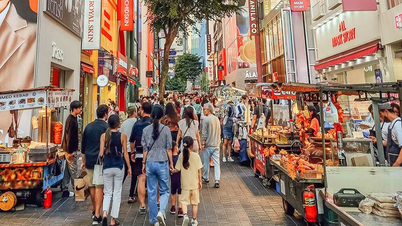






































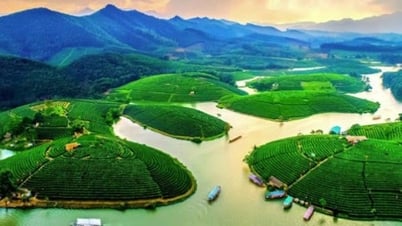


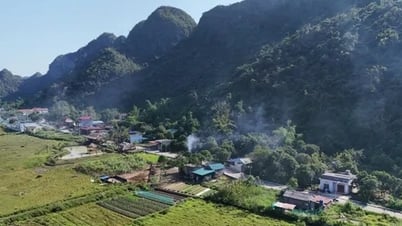
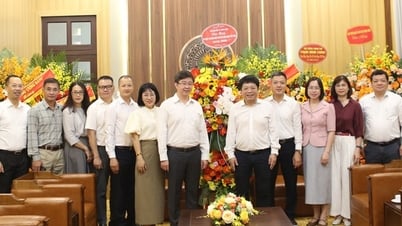

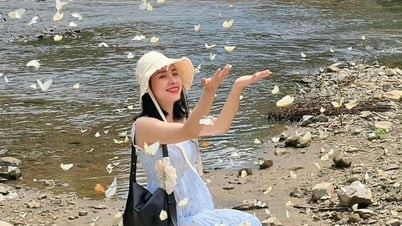



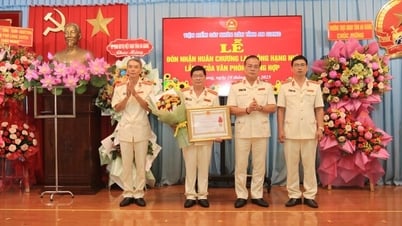

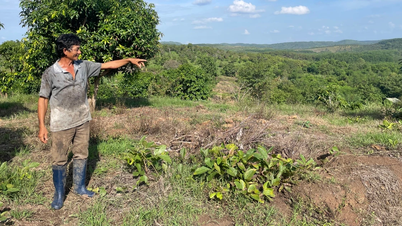
















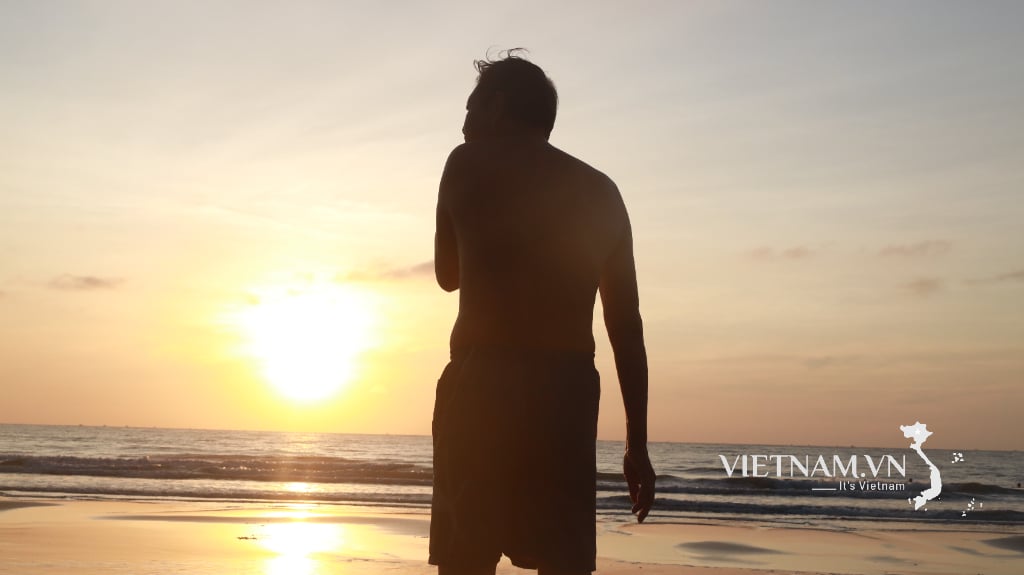



Comment (0)